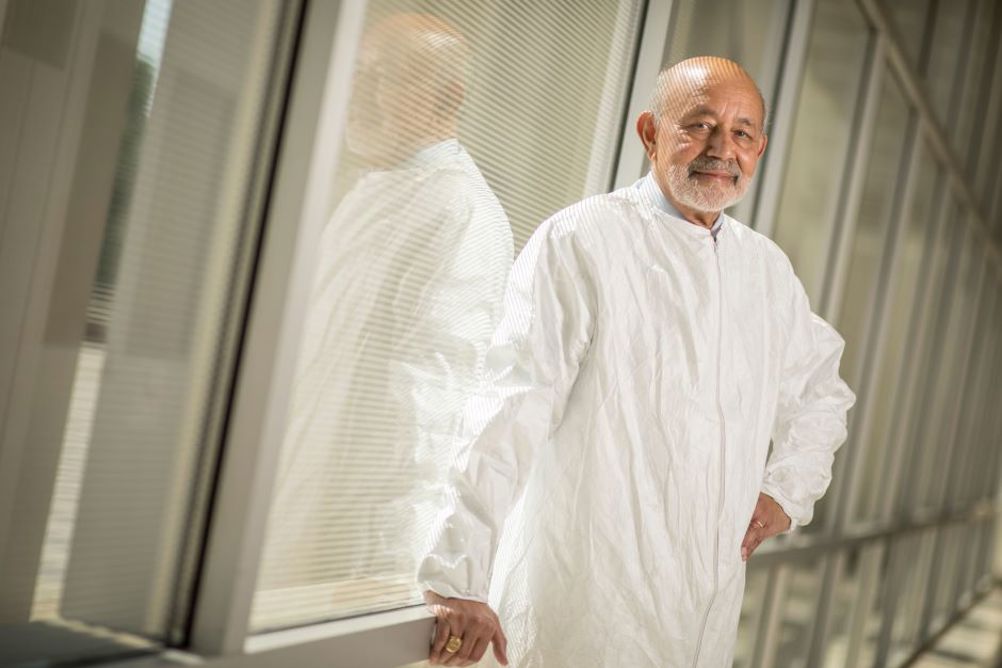Awarded by Technology Academy Finland, the €1m global award for technology beneficial to humankind recognises Baliga’s leadership in the invention, development, and commercialisation of IGBTs.
Since its development in the 1980s, the IGBT - a power semiconductor device that combines a bipolar power transistor with a MOS structure and an insulated gate terminal - has made electrical energy use and petrol consumption more efficient and less polluting. The technology is said to have reduced global carbon dioxide emissions by over 82 gigatons in the past 30 years.
For the green transition and efforts towards net zero, Professor Baliga’s innovation is making electrification and the use of renewable energy efficient and profitable with all wind and solar power installations utilising IGBT-based technology to convert the generated electricity into a form that is suitable for consumer and industrial applications. The IGBT is an essential technology also in electric and hybrid-electric cars, plus most other electric motors in consumer and industrial use.

The performance capacities of modern IGBT have expanded to the point that today IGBT-based power converters and inverters dominate nearly every major application with a power rating between 1kW and 10MW.
Professor Bantval Jayant Baliga, Progress Energy Distinguished University Emeritus Professor at North Carolina State University, said the IGBT is an embedded technology ‘hidden from the eyes of society’ that has enabled products that have improved the comfort, convenience, and health of billions of people while reducing carbon dioxide emissions.
Prof Baliga said electronic ignition systems, adjustable speed motor drives, and compact florescent lamps are three examples where IGBTs have enabled new applications with greater efficiency.
“I demonstrated the first IGBTs with a planar-gate structure in 1980,” he said. “I then demonstrated even superior performance with a trench-gate IGBT structure in 1987. This evolution has been important to continually improve IGBT performance by reducing wasted energy generated inside the device when transferring power from sources to loads.
Prof Baliga continued: “Their voltage rating has been scaled from 600V in my first devices in 1980 to 6500V in 2005. Their current rating has been scaled from 10A in my first devices in 1980 to 2000A in 2005. The power handling capability of IGBT has grown from 6kW to 10MW, an astounding factor of nearly 2000 times, opening up more applications.”
Baliga and his team are now working on two new inventions for further improvement of efficiencies in solar power generation, electric vehicles, and power delivery for AI servers.
The first device - the Baliga Short-circuit Improvement Concept (BaSIC) - is designed to eliminate the roadblock of poor SCWT (short-circuit withstand time) for silicon carbide power MOSFETs used in motor drives for industrial and electric vehicle applications.
The second invention, a Bi-Directional Field-Effect Transistor (BiDFET), enables the matrix converter for power electronic applications. Matrix converters offer improvements in size, efficiency, and reliability compared with existing voltage source inverters.
“This will have a revolutionary impact on power delivery and management, according to power electronics experts,” said Prof Baliga.











McMurtry Spéirling defies gravity using fan downforce
What a fun demonstration. I wonder if they were brave enough to be in the car when it was first turned over. Racing fan cars would be an interesting...